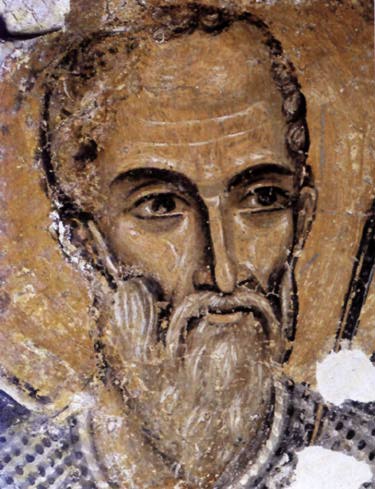Is there such a thing as a sustainable Christmas? The pros and cons are considered in a Guardian UK article on the subject, “Is it OK … to get a Christmas tree?”
Christmas and GIS merge at a web site called GIS Lounge which has an article on Christmas-related spatial technologies, ranging from using GIS to track Santa with the aid of NORAD to using a Google mashup to view home Christmas lights throughout North America.
Did you know that the Puritans considered Christmas celebrations “Catholic” and banned them in the mid 17th century? Read up on the history and geography of Christmas here; more historical “Christmas Tidbits” can be found here (e.g., “in 1836, Alabama became the first state in the USA to declare Christmas a legal holiday”).
A web site called GeoCommunity has an article titled “Holly and Joy Make Santa Pause” which used the USGS Geographic Names Information System (GNIS) to search the national data base of geographic names to locate holiday names applied to geographic features (e.g., there are 142 “Christmas” place names in the USA and 24 “North Pole” place names).
Is it possible that the traditional image of Father Christmas has its real origins in shamanistic rituals involving the red and white fly agaric toadstool? Check out the BBC article, “The Influence of Fly Agaric on the Iconography of Father Christmas”: “F![]() rom climbing into chimneys and gift giving, to dressing in red and white and flying through the air with reindeers, travelers and storytellers have fused these ancient customs with other pagan traditions and imagery. As is the wont of Christianity, these pagan customs have pragmatically been adapted and integrated into our Christmas traditions.”
rom climbing into chimneys and gift giving, to dressing in red and white and flying through the air with reindeers, travelers and storytellers have fused these ancient customs with other pagan traditions and imagery. As is the wont of Christianity, these pagan customs have pragmatically been adapted and integrated into our Christmas traditions.”
Last but not least, Wikipedia’s article on Santa Claus will tell you more than you want to know about the origin of Santa, that business about the chimney, Santa in popular culture, Santa Claus rituals, criticism of Santa, Santa’s home, and on and on.
If you know of any other interesting web sites relating to the Geography of Christmas, let us know and we’ll add them to the above list. Merry Christmas from UCSB Geography!



